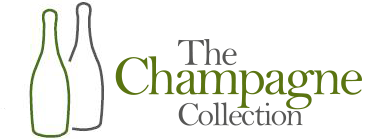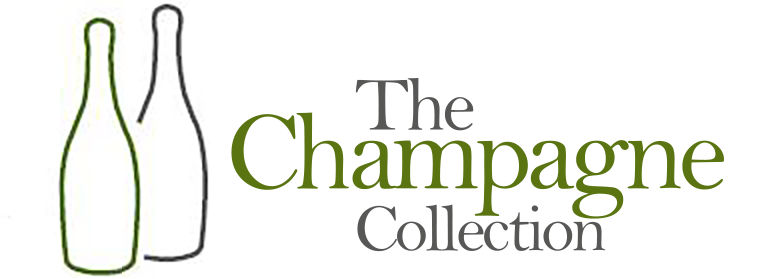We are reproducing the excellent blog by Andrew Jefford of the Wine Scholar Guild which focuses on Wine Trends in 2020 and in particular trends in Champagne wine cellars; we are also including comment from Pete Pedrick of the Champagne Collection Limited and The Fine Champagne Experience in relation to Artisan champagnes.
Key trends in Champagne wine cellars
 The two key trends in Champagne wine cellars concern the extent to which oxidative or reductive wine-making processes are used in winemaking, and the level of sweetening added to wine in the liqueur de dosage with which champagne wines are finished after disgorgement.
The two key trends in Champagne wine cellars concern the extent to which oxidative or reductive wine-making processes are used in winemaking, and the level of sweetening added to wine in the liqueur de dosage with which champagne wines are finished after disgorgement.
There is no doubt that some level of controlled oxidation during champagne wine-making and ageing techniques can add complexity to the finished wine. Examples from leading houses would include the use of wood-fermented base and reserve wines in the creation of complex blends such as Krug’s Grand Cuvée, or the ageing of reserve wines under cork at Bollinger. Many leading champagne growers (notably the celebrated Anselme Selosse) make comprehensive use of wood (and, more recently, clay jars).
However, the majority of champagne is still produced in a manner which protects the wine from oxygen throughout its journey to the glass, though key winemakers such as Jean-Baptiste Lecaillon of Roederer stress that this is not a ‘reductive’ style. He describes his wines as having ‘a spring bouquet, not an autumn bouquet. We don’t like oxidation at Roederer; we want everything pristine. No reduction, no oxidation: as if it came from the vineyard.’
Champagne is also getting dryer: Extra Brut and Brut Nature champagnes (6 g/l or less) have seen sales grow 35.4% by volume over the last decade, with levels of growth of these styles of champagne particularly strong in export markets and among champagne connoisseurs. Key ‘Brut’ brands are getting dryer, too. Dom Pérignon formerly contained 10 g/l sugar after dosage; now it is 7 g/l, with 5 g/l for Oenothèque releases.
 Looking at the Artisan champagne sector, Pete Pedrick, of The Champagne Collection Ltd and The Fine Champagne Experience, comments on the distinctive champagnes offered by Francois Lavergne, ‘the Brut, Classic, the Brut Light, the Rose Classic and the Rose Light, are subject to a longer ageing process, ensuring depth and maturity whilst still delivering freshness and a fruit filled taste. The difference between the Classic and the Light cuvees is the dosage – the amount of sugar added to the wines. For the Classic cuvees, the dosage is 9g/l, whilst for the Light a dosage of just 4g/l is used. The lower dosage makes the Light champagnes slightly drier but the freshness and fruitiness still remains. Artisan producers such as Francois have the scope to be more adventurous than the Grand Marques which is why there are so many different styles and flavours on offer. It’s a world worth exploring!’
Looking at the Artisan champagne sector, Pete Pedrick, of The Champagne Collection Ltd and The Fine Champagne Experience, comments on the distinctive champagnes offered by Francois Lavergne, ‘the Brut, Classic, the Brut Light, the Rose Classic and the Rose Light, are subject to a longer ageing process, ensuring depth and maturity whilst still delivering freshness and a fruit filled taste. The difference between the Classic and the Light cuvees is the dosage – the amount of sugar added to the wines. For the Classic cuvees, the dosage is 9g/l, whilst for the Light a dosage of just 4g/l is used. The lower dosage makes the Light champagnes slightly drier but the freshness and fruitiness still remains. Artisan producers such as Francois have the scope to be more adventurous than the Grand Marques which is why there are so many different styles and flavours on offer. It’s a world worth exploring!’


